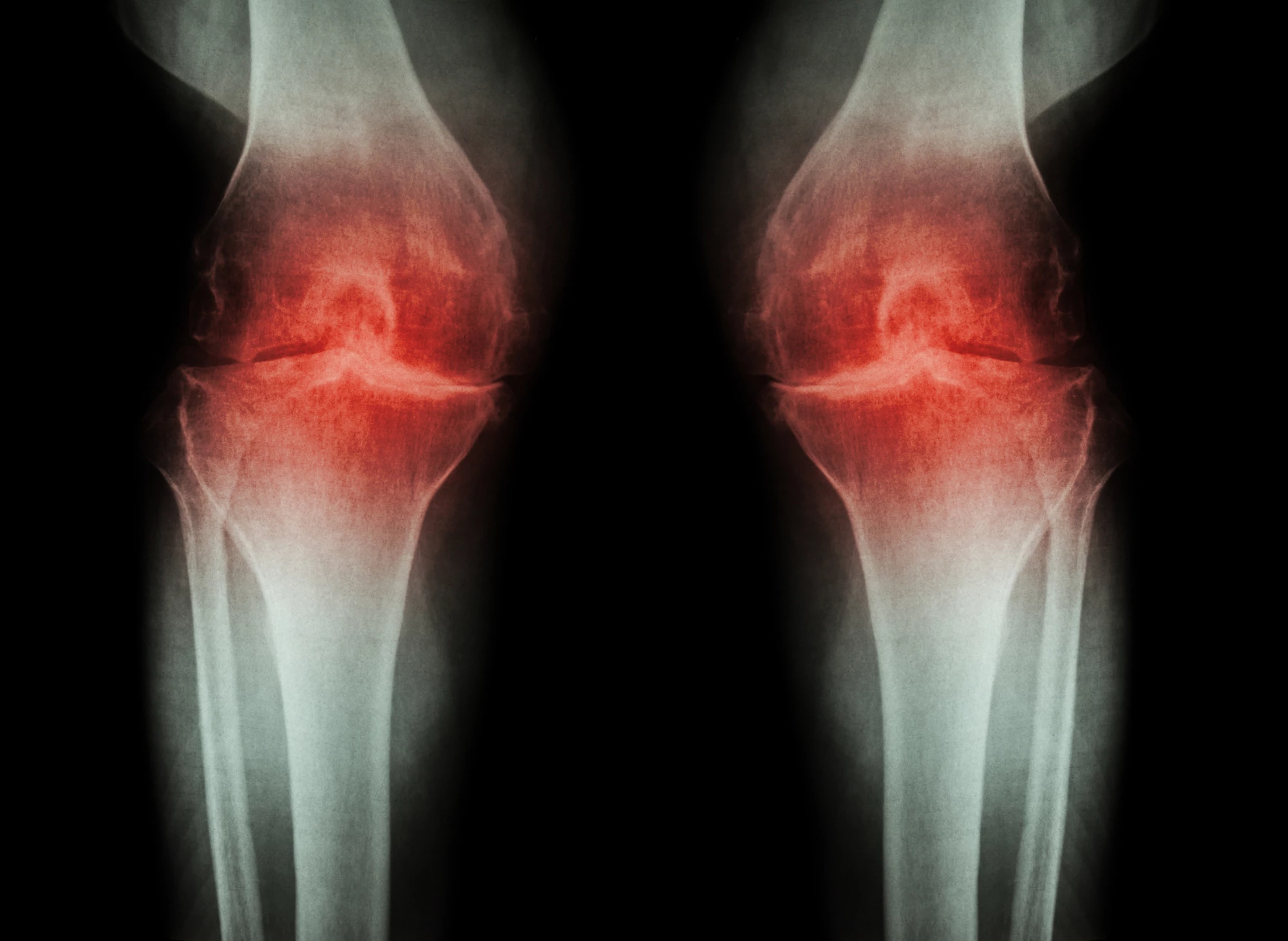Osteoarthritis can be a debilitating disease, rendering regular movements painful. Researchers have now identified a signaling pathway that transmits this pain, with a study in mice finding that normal limb use returned after this pathway was blocked. The work could lead to new pain treatments for patients with osteoarthritis.
The disease begins as the cartilage in joints wears away, causing pain as bones increasingly rub against each other. Pain can be managed using over-the-counter medication or lifestyle changes, but can remain a problem as the disease progresses. To find better long-term drugs to manage chronic pain, scientists have been investigating the molecular pathways that communicate pain to the brain.
“When you feel pain, that’s the result of a molecule at the painful site interacting with a receptor on a sensory nerve, setting off a cascade of events within the nerve that lead to a signal being produced,” said Duncan Lascelles, co-corresponding author of the new study. “This signal travels along the nerve, and is interpreted as painful by the brain.”
For the new study, researchers at North Carolina State University examined a particular pathway involving the binding molecule artemin and its receptor GFRα3. In previous work, this pathway was found in higher levels in dogs with osteoarthritis. That alone doesn’t necessarily mean it plays a role in osteoarthritis pain, so the team set out to check.
The researchers found that in mouse models of osteoarthritis, GFRα3 was also upregulated in sensory nerves compared to control mice. Next, the team treated some of the arthritic mice with monoclonal antibodies that bind to GFRα3, which prevents artemin from binding there and triggering the pain signaling. And sure enough, treated mice were using their limbs again like normal two hours after the treatment.
Although mouse studies don’t always translate to humans, the team says that the mechanism is likely conserved in humans, providing a new potential target for developing drugs to treat chronic pain associated with osteoarthritis and other conditions.
The research was published in the journal Frontiers in Neuroscience.
Source: NC State University




